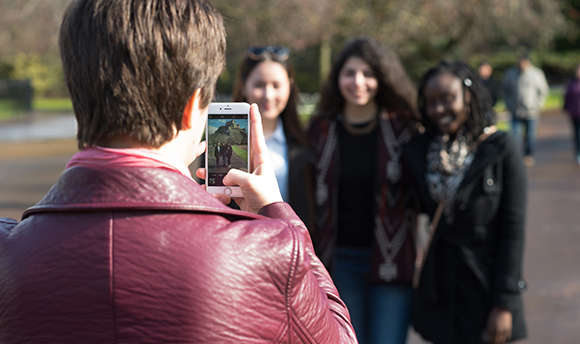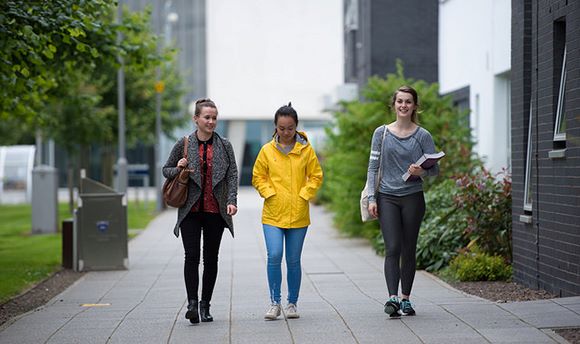国产乱伦'S PIONEERING ULTRASOUND technology could offer new hope for neurological patients, according to new research.
Swallowing is a vital bodily function we often take for granted. However, for people with neurological disorders stemming from stroke, Parkinson's disease, or motor neuron disease (MND), this seemingly simple act can become a real challenge. Dr Joan Ma, Speech and Language Therapist and Senior Lecturer at 国产乱伦, is at the forefront of groundbreaking research using ultrasound technology to assess swallowing function.
Over the past eight years, Dr Ma has dedicated her efforts to investigating the intricate mechanics of swallowing, building on 国产乱伦's pioneering work in ultrasound research and speech production. Explaining the genesis of her research, Dr Ma says,
"We explored the application of ultrasound techniques developed at 国产乱伦 for speech analysis to delve into the intricacies of swallowing function among stroke patients and people with progressive neurological diseases such as Parkinson's and MND."
While ultrasound itself is not a new technology, Dr Ma's innovative approach involves attaching ultrasound emitters under the patient's chin, where bone and muscle structures reflect light differently. This technique provides a detailed view of the tongue and bone movements within the vocal tract during swallowing,
offering valuable insights into swallowing function. The use of artificial intelligence (AI) allows researchers to obtain the results of the analysis far quicker than is possible with traditional data analysis methods.
Dr Ma emphasises the importance of airway protection during swallowing to prevent choking and infections caused by food inadvertently entering the lungs. By closely observing the movement of neck bone structures, her team can gauge how effectively the airway is safeguarded during the swallowing process. They also analyse tongue movement, timing, and coordination to evaluate overall swallowing function.
Currently, two conventional methods for swallowing assessment involve radiation-intensive swallow X-rays and invasive endoscopy procedures. Dr Ma's ultrasound technique complements rather than replaces these tools, offering a portable alternative that can be taken into the community or a patient's home, reducing the need for hospital visits and especially beneficial in remote areas.
The versatility of ultrasound extends beyond assessment to potential applications in screening, monitoring, and therapy. Dr Ma sees ultrasound assisting patients in re-learning how to swallow by providing a visual representation of muscle activity. This becomes particularly relevant for stroke patients who can employ different techniques, such as physically closing their voice box, visualised through ultrasound for improved therapy outcomes.
The potential impact of Dr Ma's research extends beyond diagnosis to early detection and effective treatment. Recognising the common occurrence of swallowing problems in progressive conditions, she notes: "If we can pick up changes earlier on, we can arrange for patients to see their speech and language therapist sooner and have conversations about what they can do about their swallowing."



